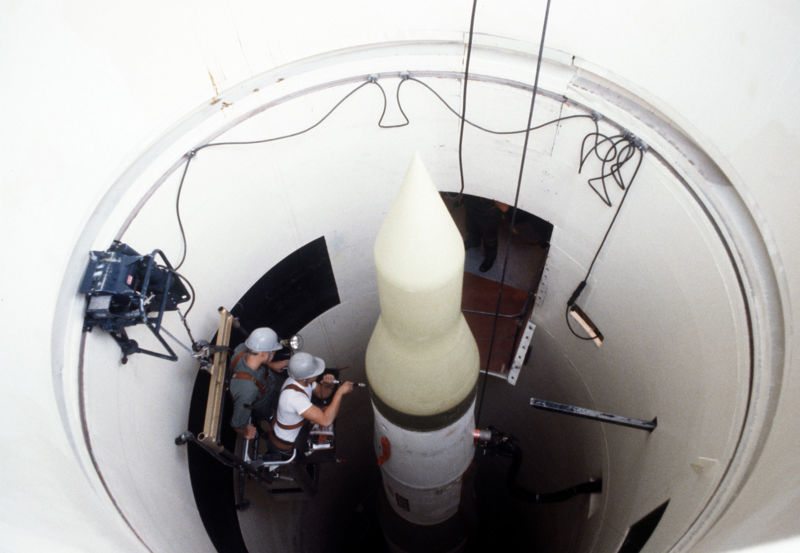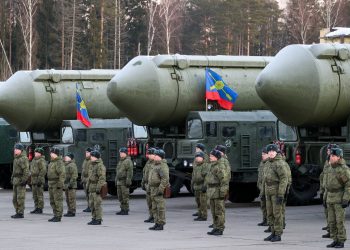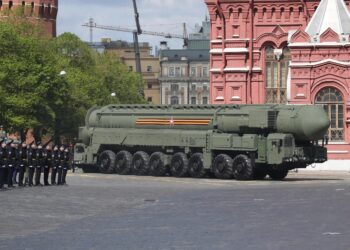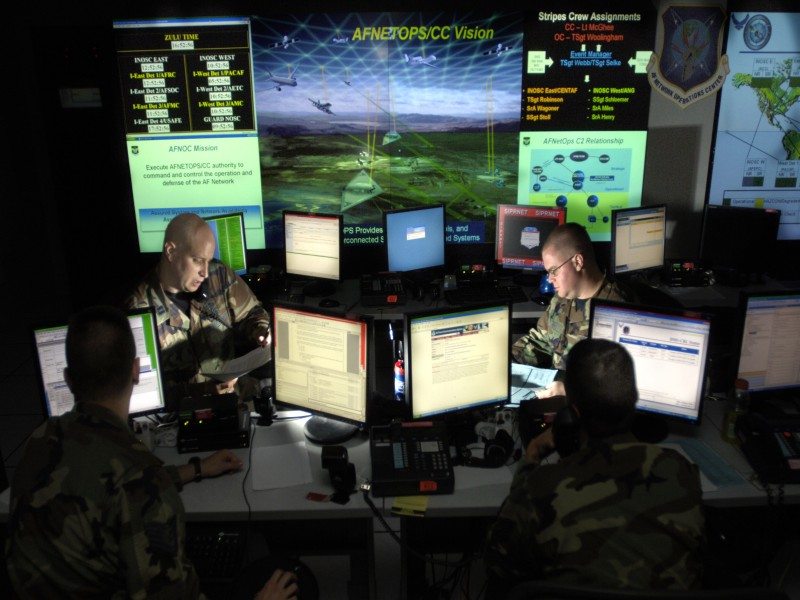While 10 years of war have focused the military on conventional weapons, the nation’s nuclear force is in need of attention, a senior officer told Defense Writers Group reporters yesterday.
Air Force Gen. C. Robert “Bob” Kehler leads U.S. Strategic Command, which with its subordinate and functional commands is responsible for missile defense; global strike; intelligence, surveillance and reconnaissance; cyber defense and space operations, as well as combating weapons of mass destruction.
Stratcom’s nuclear mission is one of its “big three” responsibilities, along with space and cyber, Kehler said.
The U.S. nuclear triad includes 450 land-based intercontinental ballistic missiles, strategic missiles deliverable by 76 Air Force B-52s and 20 B-2s, and 18 Navy Ohio-class submarines carrying ballistic or cruise missiles.
While sustaining current systems is an immediate issue, the triad also needs to be modernized in the coming decades, Kehler said, noting the Ohio-class submarine fleet likely will reach the end of its service life in the late 2020s.
“That will come because of reasons that the Navy understands well about operating platforms that are constantly subjected to [pressure variations],” he said. “We’re going to have to make some decisions … [that will] require us to have some modernization programs in place.”
All three of the triad legs “need to be sustained … until replacements come along. And, of course, the replacements are being discussed in the budget discussions, as well,” Kehler said.
The Air Force plans to replace the B-52 fleet with a long-range strike platform or family of systems, which Air Force leaders have said would center on a new long-range, penetrating bomber, a global strike system, a long-range standoff weapon, and an enabler system.
Stratcom’s chief said his organization has set three requirements for the new system: it must be truly long range; it must be able to penetrate defenses; and it must serve as both a conventional and a nuclear platform.
While Stratcom has not set a specific intelligence, reconnaissance and surveillance requirement for the new system, Kehler said, the value of a platform that can both drop bombs and gather intelligence is clear.
“The more flexibility that we can include in platforms today, the better,” he said.
Over the course of its active service with the Air Force beginning in 1955, the B-52 has served as a platform for conventional bombs, smart weapons and nuclear weapons, he said.
The current challenge is sustaining the B-52 as a standoff nuclear platform until a new long-range strike capability comes on line, Kehler said.
What aircraft or missiles the Air Force will ultimately select and fund for future long-range strike missions still is under discussion, he added.
Defense Secretary Leon E. Panetta has been clear that he wants defense budget decisions to be based on strategy, and planning discussions now underway are taking that approach, Kehler said.
“I continue to stand by the need for a triad; certainly in the near term, I believe that we can sustain a triad,” the general said. “I think there are going to be interesting questions about both the scope and pace of modernization as we go forward.”
The U.S.-Russia strategic arms reduction treaty known as “New START” that took effect this year sets nuclear force ceilings at 1,550 deployed weapons and 750 deployed launchers, Kehler noted.
“In that structure, I believe a triad of forces makes the most strategic … [and] operational sense,” he said. “As we look into the strategic future, the answer about whether or not we’re going to need a triad, I think, is ‘it depends.’”
Future arms control agreements, force structure and budget levels will factor into the decision of whether to reduce the triad, he said.
“Can we, in fact, as we look to modernize … afford to spend the resources to modernize the entire triad? Those are not all questions for today,” Kehler said.
A viable nuclear force requires sufficient force structure, expertise, and industrial-base support for weapons, he said.
“You can have a hollow nuclear force, and we need to be very careful about that,” he added.











